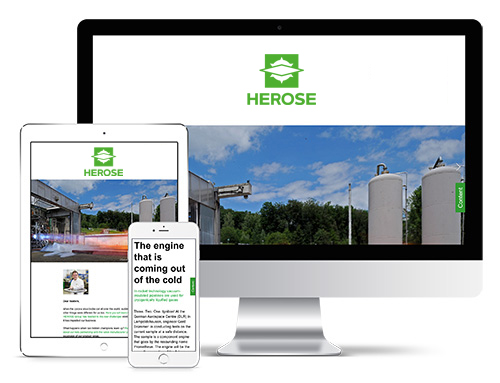Holding out three minutes half naked in the cryo chamber at minus 140 degrees Celsius – and then uproot trees? The professional rugby players of USON NEVERS say yes to this question with no ifs or buts.
“Due to the improved blood circulation of muscles, we increase our performance by up to ten percent” said Max Curie, one of the 40 sportsmen that are under contract at the French second league club. The players take a session in the cryo chamber three to four times a week which, along with the nitrogen vessel, has been installed by the French refrigeration specialists Criotec – using valves from HEROSE.
Visit to Nevers, 250 km to the south of Paris on the Loire. It is Wednesday, three days before the next league game. After the morning training, the players relax and take a massage. Max Curie and his companion Rudy Dérieux stand in front of the cryo chamber. The condensation mist bellows inside it. Through the first door. Pre-cool at minus 70 degrees for one minute. Then move to the next one, three minutes at minus 140 degrees Celsius. The team doctor Sophie Goguillot checks the procedure and monitors the times. At the end, Max and Rudy leave the chamber steaming. Having a laugh and with white goosebumps. “I am really cold now”, said Max Curie, “but my blood is circulating really well after 15 minutes.”
In the cryo chamber, the temperature of skin drops from the initial 33 degrees to about 15 degrees. This constricts the peripheral vessels and the blood circulating there relocates to the centre of the body. This results in that the heart pumps more blood into the body per heartbeat. Blood is circulated through the muscles much stronger and the athletes can call up more power.
Warming up was yesterday, cryo chamber is today
Accordingly, cryo chambers have also been established in Germany for years and is being used in top-class sports as well as in therapy against rheumatism. The principle is simple: nitrogen cools the air to minus 196 degrees via a heat exchanger that is then guided into the cold chamber. “These cosmic temperatures that do not occur anywhere else on the planet, can be endured only by the low humidity, that is almost at null”, said Sophie Goguillot, the USON team doctor.
The French company Criotec, that designed the cold chamber for Nevers is looked after by Régis Dorner. The 42 year old Alsatian has been working as sales engineer at HEROSE since 2013. Together with Philippe Fusillier, he is
responsible for the French markets; he is also responsible for the Maghreb states Algeria, Tunisia and Morocco.
Philippe Fusillier, 52, working for HEROSE since 2015, is responsible for Western France and in particular, looks after the LNG Marine Business. He is married, has one son and his main hobby is running – even up to marathons.
Kim Jana Gerken, Marvin Berg and Danis Shageev in Bad Oldesloe, Germany, help with the order and quatation processing for France. After Germany, France is one of the most important market for HEROSE; since 2013, Dorner could increase turnover by 25 % – “a figure that we want to reach again in the next five years.” Régis Dorner has already negotiated the first orders at the Space Market in France – as known, the Ariane rockets of the ESA start in French Guiana. Régis Dorner describes his sales philosophy as follows: “I do not only present the customer our products, I also offer targeted proposed solutions.” And Régis is sure about one thing: the future of hydrogen as everyday energy suppliers: “I have been a member of AFHYPAC for HEROSE in France for a while, a consolidation of companies that want to bring hydrogen to market maturity.”
Régis Dorner lives in the Alsatian Mülhausen. He is married and has two children. He can relax best with music – being an organist and conductor in his home town.
Photos: USON NEVERS RUGBY, Carsten Wurr


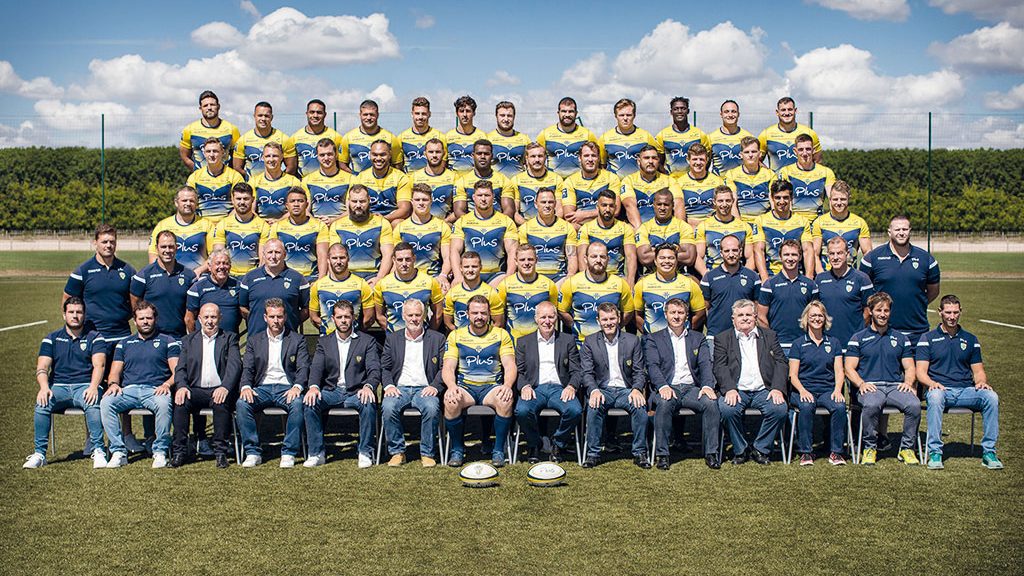
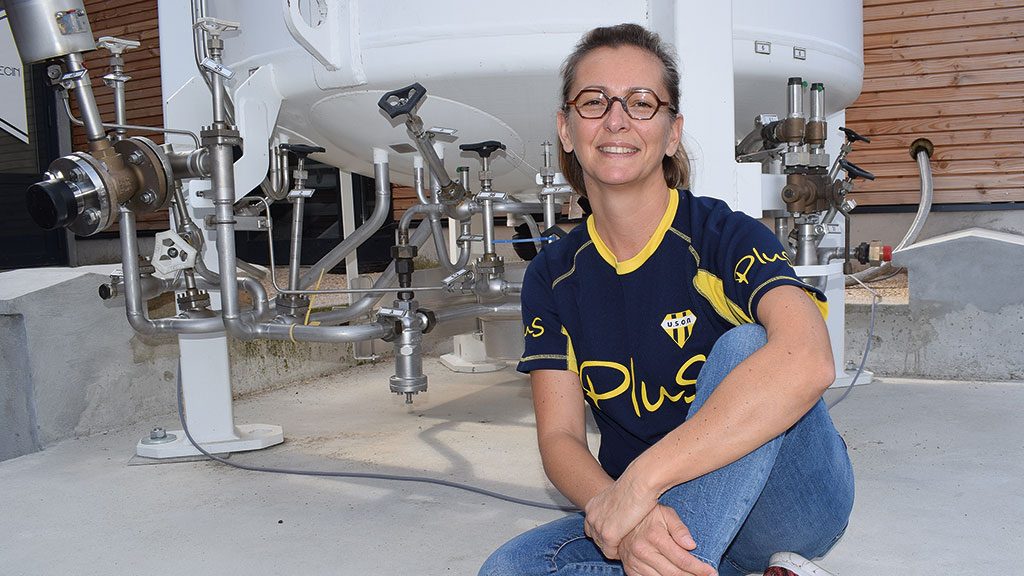
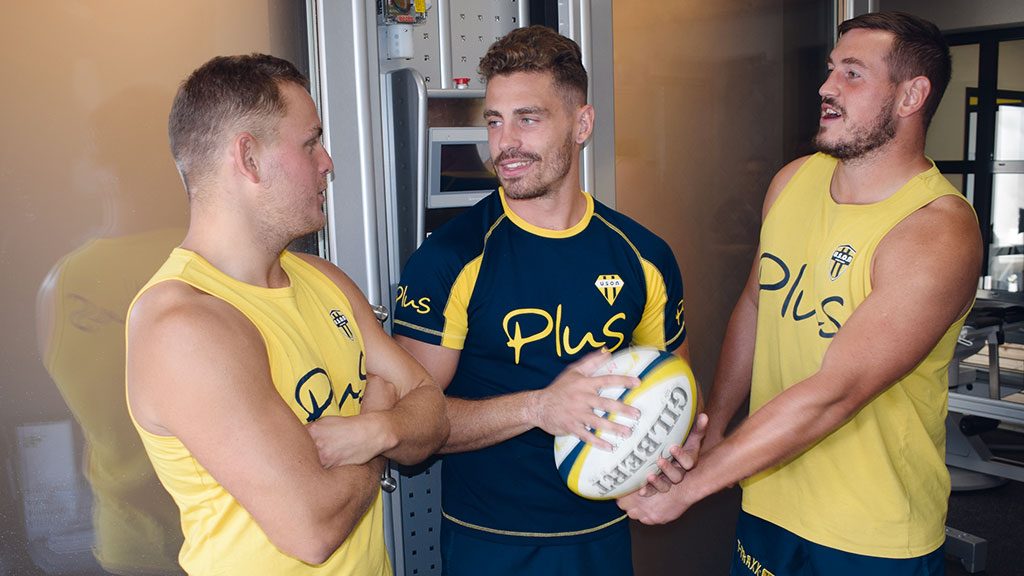
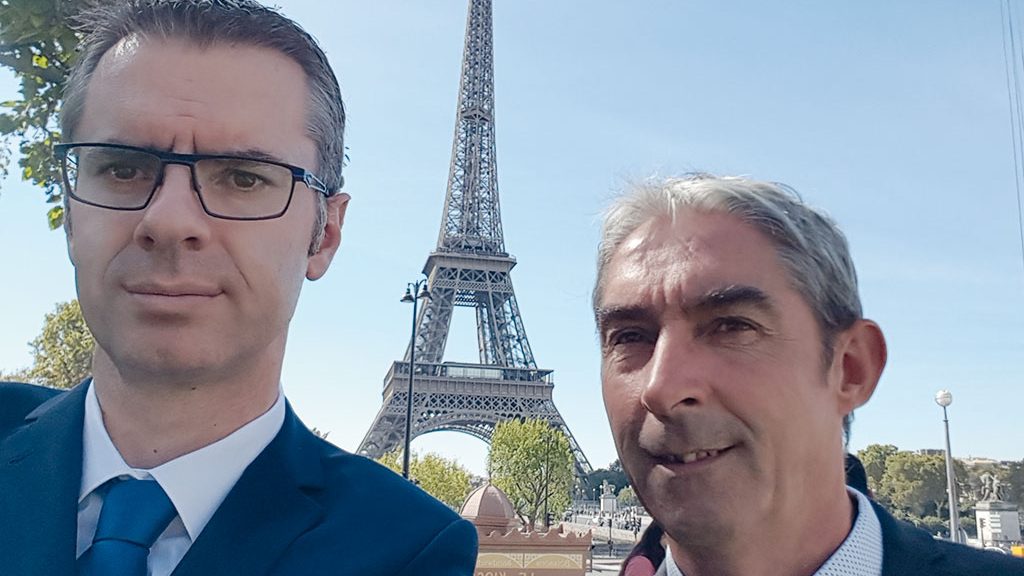
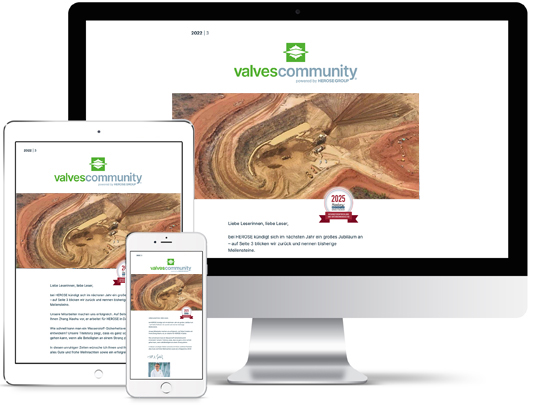 Read the current digital customer magazine now!
Read the current digital customer magazine now!
